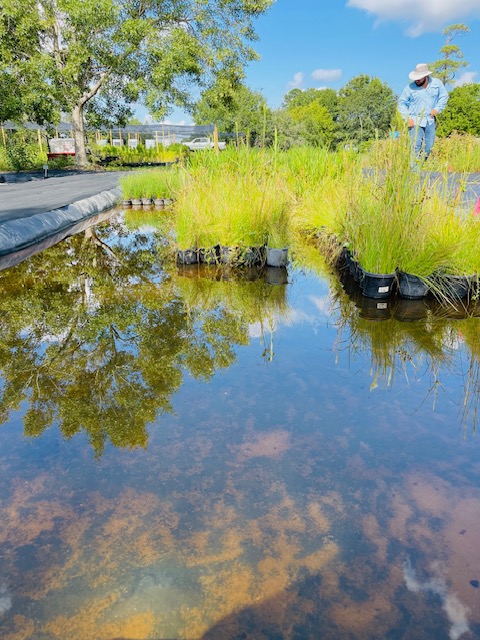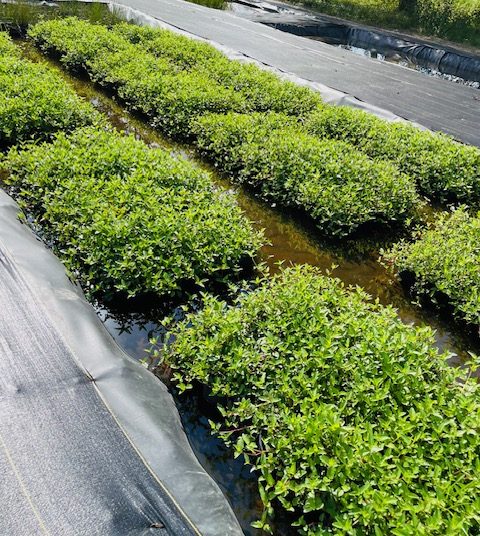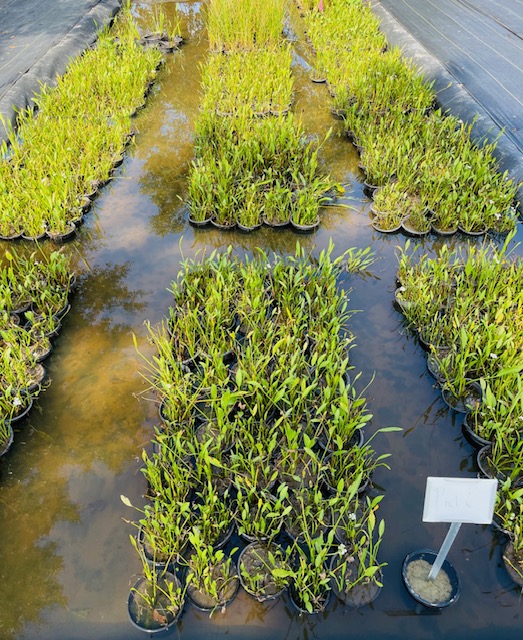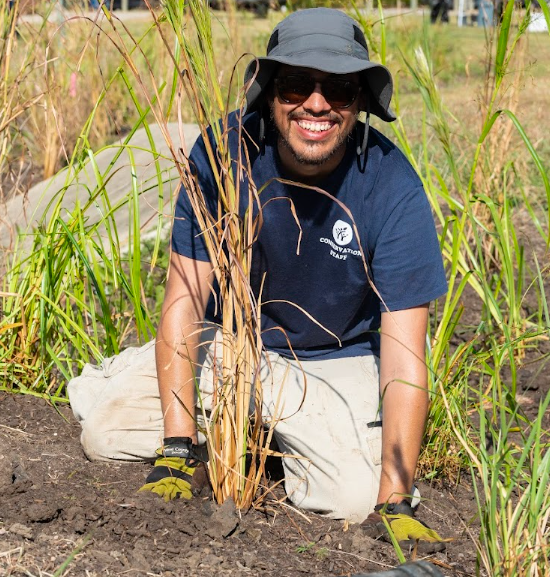PUBLISHED: February 2024 By Ron Butler, Houston Parks Board Nursery Technician
What comes to mind when you hear “native plants”?
A native plant is a plant that is indigenous to a region with no human intervention. Meaning, the plant can survive and thrive in its natural region or environment without being modified in any form. Native plants provide the food and habitat source needed for birds, insects, and mammals that live in the wild.
This is why Houston has such a diverse species of birds!
Some benefits of how native plants help our region include:
- Improving air quality
- Improving water quality
- Reducing maintenance
- Saving on watering
In our efforts to slow the spread of invasive species, restore native habitats, and alleviate the shortage of native plant materials locally, Houston Parks Board is doing ongoing research and collecting and growing native plants at our nursery in Coolgreen Park.
As Nursery Technician, one of my goals is to collect as many native plant species as possible and keep them in production. Using a variety of propagation techniques depending on the plant species, and taking the time of year into consideration, we can cultivate a nursery full of unique and wonderful native plants.

The two easiest ways to reproduce grasses are by seed or by root division.
In determining how to propagate and obtain a specific species of plant, I first look for readily available seed.
Each plant has its optimal seasons when it thrives, showcasing its peak appearance and eventually producing seeds
Some plants require a cold or winter period called stratification or what I like to refer to as the “dormancy period”. This is when a species of seed requires a temperature roughly around 40 degrees Fahrenheit or lower for a period of 30 to 120 days on average, for them to sprout and germinate. This means that a seed that is sown into the soil will lay there in a sleep state until warmer weather arrives, and the appropriate moisture is available in the soil. The warmer weather signals the seeds to wake up and start growing. In horticulture practices, sometimes we must manipulate these conditions by using greenhouses that allow us to control the climate.
The other type of seed sprouting technique that I like to use is called scarification. Scarification is typically employed for seeds with a tough outer seed coat that needs to be broken down in some way. Naturally, this is done when a bird or animal digests the seed and the seed passes through their bodies back into the soil. In horticulture practices, this process is manipulated by scratching or nicking the outer seed coat with a sharp object and soaking it in warm or hot water for 24-48 hours. As long as the soil temperature and moisture content remain consistent, the interior of the seed absorbs water, enabling expansion and initiating the sprouting process.
Employing these propagation methods year-round helps us cultivate plants that not only restore habitats for animals, birds, and insects but also reduce the presence of invasive species, enhancing the beauty of parks and greenspaces across our region.
The next time you want to plant that tropical hibiscus, try researching a more native hibiscus like Wholly Rose Mallow (Hibiscus lasiocarpos) or the Halberdleaf Rose mallow (Hibiscus laevis). The birds and the bees will thank you!



